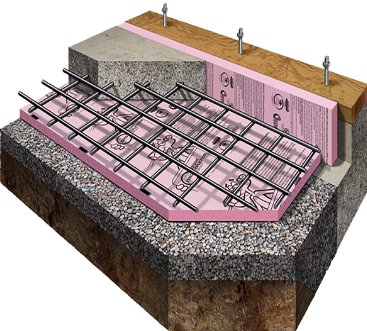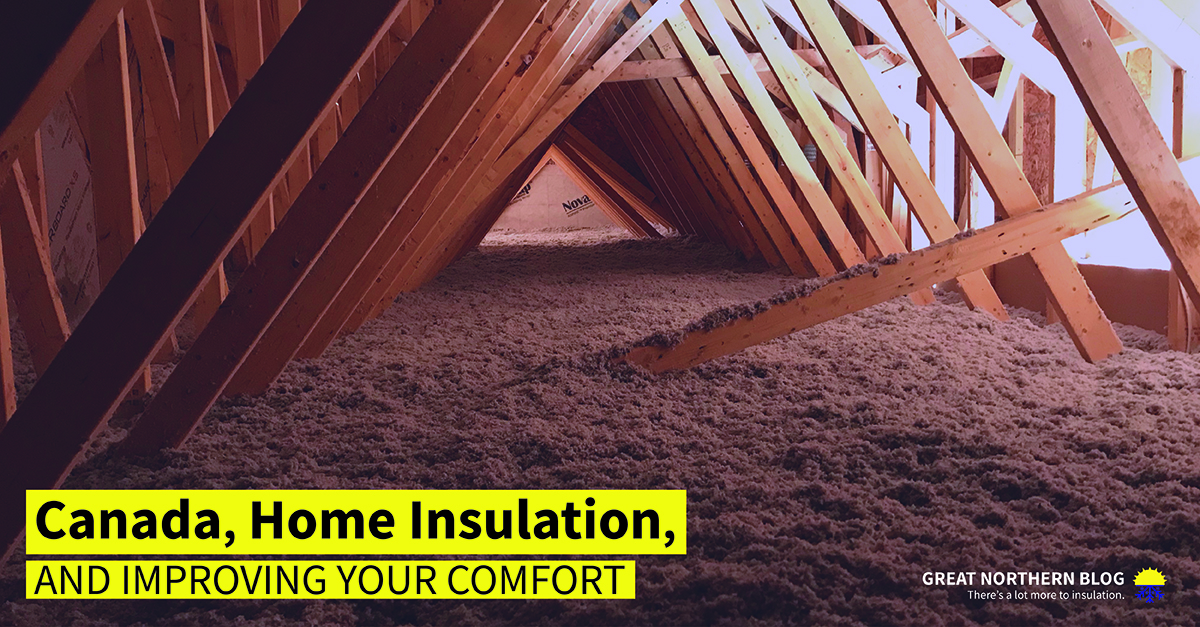


Continuous insulation threatens the goal of maximizing space inside the home for several reasons. When we work on narrow, smaller homes, it is often a game of inches when renovating. Toronto’s aging housing stock presents another challenge.
#ONTARIO BUILDING CODE INSULATION 2020 FULL#
Adding continuous insulation to your kitchen, bathroom, or full house needs to be factored into the base building budget. To learn more, visit our blog: Reducing your heating costs when the price of fossil fuels increases.Īs covered in two previous blogs, aligning your dream renovation with your budget is a process of give and take, determined prior to the renovation’s start date. Government and utility rebates help homeowners offset costs associated with home performance improvements. If you are renovating one room, the insulation requirement is applied to that room only. Note that this insulation stipulation applies to your project’s scope. We are well positioned to adopt these changes, and are happy to see the building code catch up to what we are already doing.Ĭontinuous insulation does add marginally to the project budget. Our blog on our Morse Street project highlights this. Greening Homes has been installing continuous insulation for several years given its multiple benefits. Adding another layer of insulation on the interior or exterior wall assemblies can aid in reducing thermal bridging and improves thermal resistance, reducing your home’s need for energy, lowering utility bills and improving comfort and health. The studs perform at a much lower thermal resistance than the insulation, of course, reducing overall thermal resistance, and creating temperature imbalances which can lead to moisture, ideal fertile conditions for mold. Up to now, renovators have installed insulation batt, cellulose or foam in between wood studs. In Toronto, that figure is 48 percent.Ĭome January 1, all building renovations will need to include what’s referred to as continuous insulation. In Ontario, buildings contribute 19 percent of its overall emissions. The changes are part of an ongoing provincial plan to reduce greenhouse gas emissions. If you are planning a home renovation, these changes will impact some of your decisions. Changes to the Ontario Building Code come into effect on January 1, 2018, stipulating greater emphasis on airtightness, higher requirements for mechanical ventilation of homes, and more effective insulation installation.


 0 kommentar(er)
0 kommentar(er)
